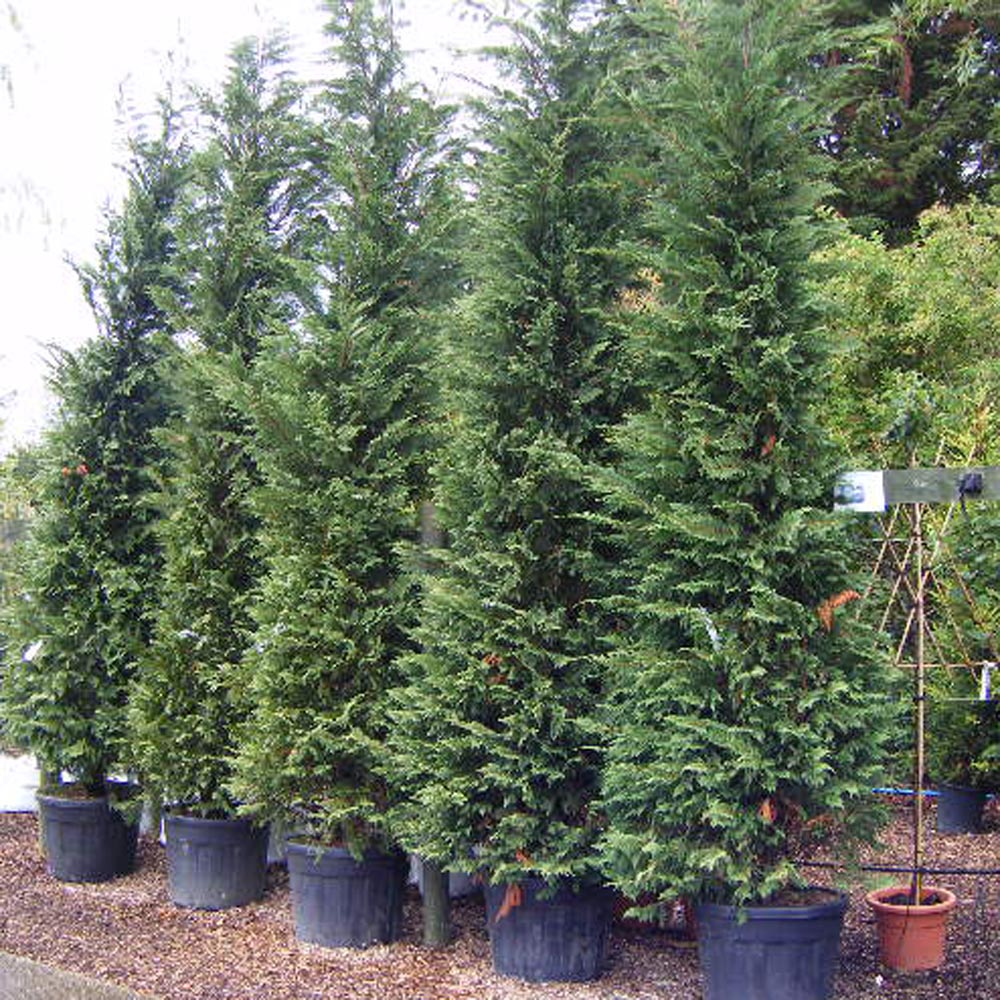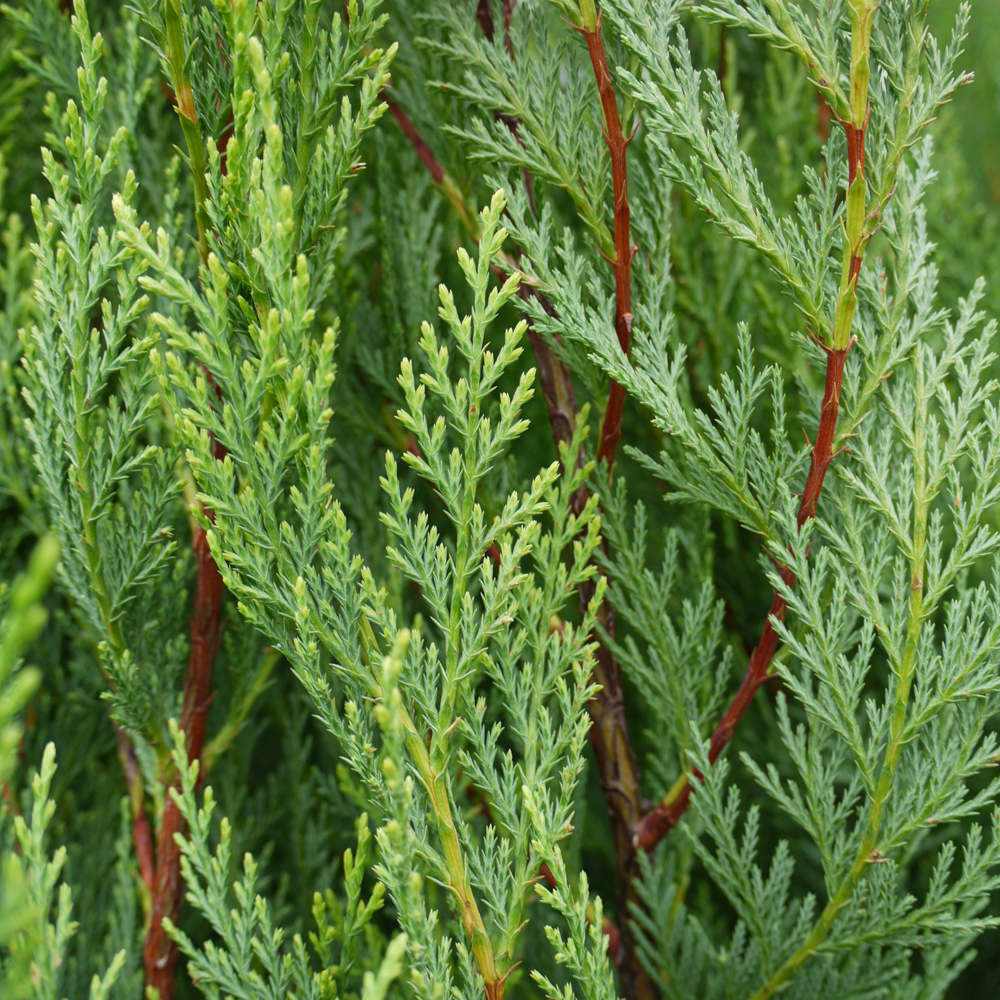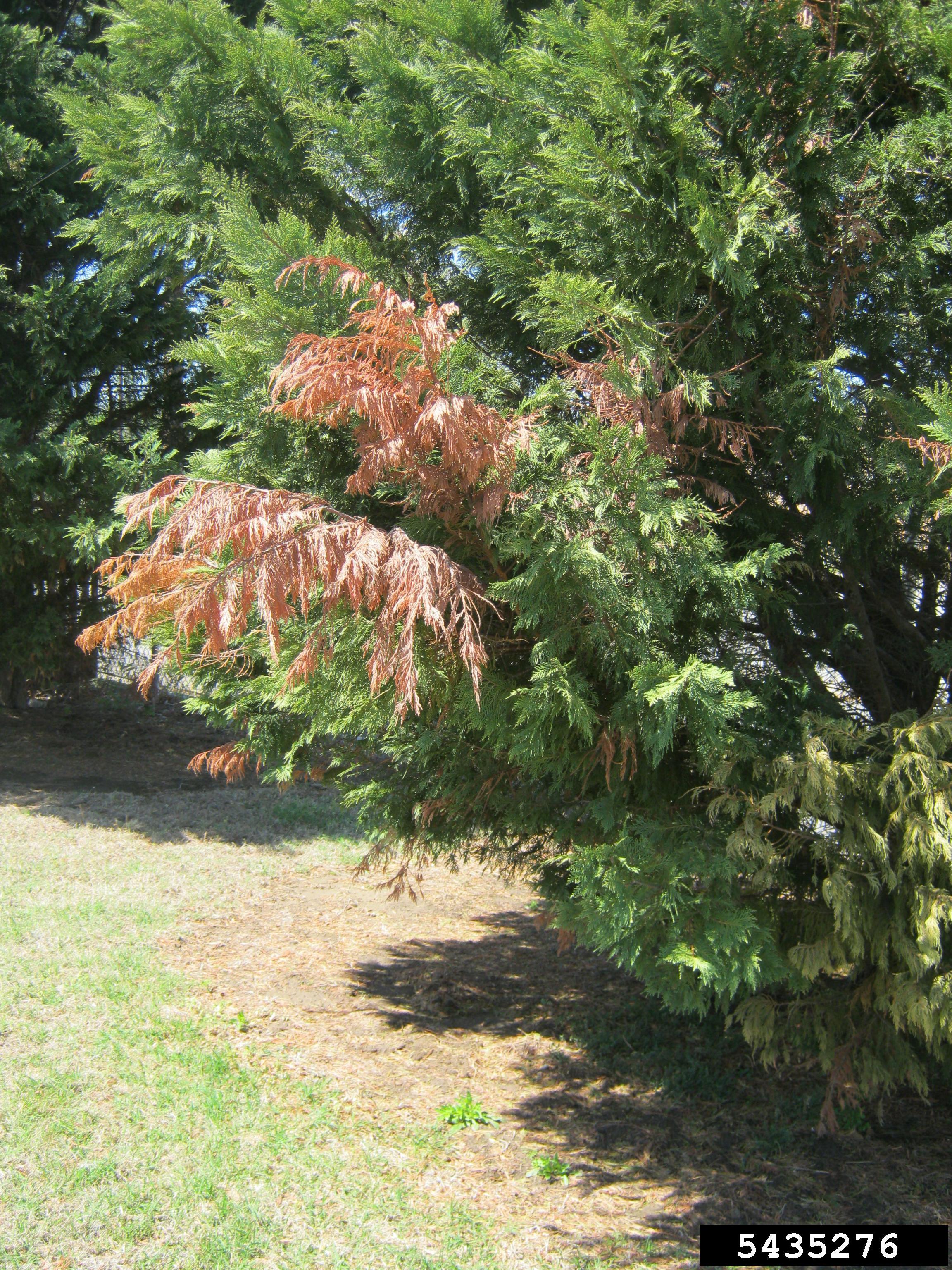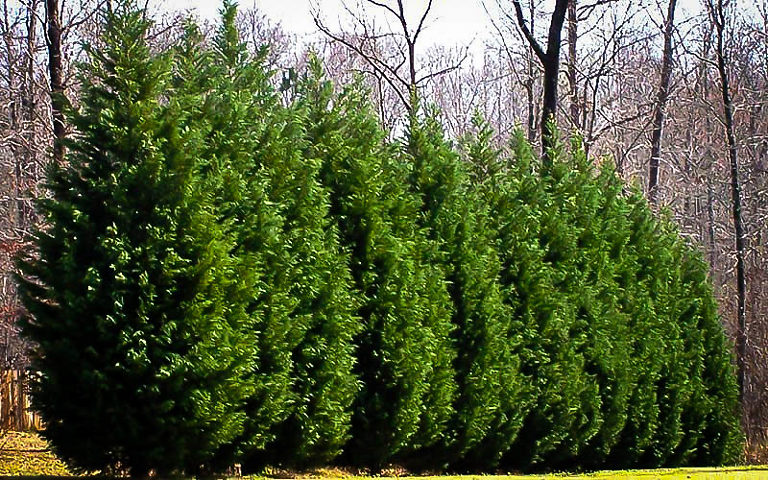Understanding the Leyland Cypress: A Fast-Growing Evergreen
The Leyland Cypress tree, also known as Cupressus x leylandii, is a popular evergreen conifer native to the southeastern United States. Its origins date back to the 19th century, when it was first cultivated as a hybrid of the Monterey Cypress and the Nootka Cypress. Today, the Leyland Cypress is a sought-after landscaping choice due to its fast growth rate, making it an ideal option for hedges, screens, and ornamental purposes. With its feathery, soft foliage and conical shape, this tree is a versatile addition to any outdoor space. When considering how tall does a Leyland Cypress grow, it’s essential to understand the factors that influence its growth habits. Leyland Cypress trees can thrive in a variety of conditions, but they require regular maintenance to reach their full potential. By providing the right environment and care, you can enjoy the benefits of this fast-growing evergreen for years to come.
Factors Affecting Leyland Cypress Growth: Climate, Soil, and Maintenance
The growth of Leyland Cypress trees is influenced by several factors, including climate, soil quality, sunlight, watering, and fertilization. Climate plays a significant role in determining the tree’s growth rate, with optimal growth occurring in USDA Hardiness Zones 6-10. Leyland Cypress trees prefer well-draining soil with a slightly acidic pH, ranging from 6.0 to 7.0. Adequate sunlight is also essential, with a minimum of 6 hours of direct sunlight per day. Regular watering and fertilization are crucial to promote healthy growth, but overwatering and excessive fertilization can be detrimental to the tree’s health. Understanding these factors is crucial to maximizing the growth potential of your Leyland Cypress tree and answering the question of how tall does a Leyland Cypress grow.
How Tall Can Leyland Cypress Trees Grow? Average Heights and Growth Rates
Leyland Cypress trees are known for their rapid growth rate, making them a popular choice for landscaping projects where quick results are desired. On average, Leyland Cypress trees can grow up to 3-5 feet per year, with some trees reaching heights of 50-70 feet or more in ideal conditions. However, the actual height of a Leyland Cypress tree can vary depending on factors such as climate, soil quality, and maintenance. In general, Leyland Cypress trees can be expected to reach their mature height within 10-15 years, making them a great option for those looking to create a quick and dramatic impact in their outdoor space. When considering how tall does a Leyland Cypress grow, it’s essential to remember that regular pruning and training can help control the tree’s height and promote healthy growth.
Pruning and Training: Techniques to Control Height and Promote Healthy Growth
Pruning and training are essential techniques to control the height and promote healthy growth of Leyland Cypress trees. Regular pruning helps maintain the tree’s shape, encourages dense foliage, and prevents disease. It’s crucial to prune Leyland Cypress trees annually, removing any dead, diseased, or damaged branches. This process, known as “thinning,” allows air and sunlight to penetrate the tree’s canopy, promoting healthy growth and reducing the risk of disease.
When pruning Leyland Cypress trees, it’s essential to make clean cuts just above a growth node, using sharp, sterile pruning tools. This helps prevent the spread of disease and encourages the tree to heal quickly. It’s also important to prune the tree during its dormant season, typically in late winter or early spring, to minimize stress and prevent new growth from being damaged.
In addition to pruning, training is also crucial for controlling the height of Leyland Cypress trees. Training involves shaping the tree’s growth habit through regular pruning and staking. This technique helps maintain the tree’s desired shape and promotes a strong, central leader. By training the tree to grow in a specific direction, you can control its height and encourage a more balanced, symmetrical shape.
One popular training technique for Leyland Cypress trees is “topping.” This involves removing the top growth of the tree to control its height and promote a fuller, more compact shape. However, topping can be stressful for the tree and should be done with caution. It’s essential to remove only the top growth and not to over-prune the tree, as this can lead to disease and pest problems.
Another technique for controlling the height of Leyland Cypress trees is “pinching.” This involves removing the terminal bud of the tree to control its height and promote branching. Pinching is a more subtle technique than topping and can be used to maintain a more natural, conical shape.
By incorporating pruning and training techniques into your Leyland Cypress tree care routine, you can control the tree’s height, promote healthy growth, and maintain a beautiful, symmetrical shape. Remember to prune and train your tree regularly, using clean, sharp tools and making precise cuts to minimize stress and prevent disease.
Leyland Cypress Varieties: Compact and Dwarf Options for Smaller Spaces
While standard Leyland Cypress trees can grow quite tall, there are several compact and dwarf varieties that are ideal for smaller spaces or hedges. These varieties offer many of the same benefits as standard Leyland Cypress trees, including fast growth rates and evergreen foliage, but with a more compact growth habit.
One popular compact variety of Leyland Cypress is the ‘Castlewellan Gold’ cultivar. This variety grows to be around 10-15 feet tall, with a spread of around 5-7 feet. It has a conical shape and features bright yellow-green foliage that is resistant to disease and pests.
Another compact variety is the ‘Green Spire’ cultivar, which grows to be around 10-12 feet tall, with a spread of around 4-6 feet. This variety has a narrow, columnar shape and features dark green foliage that is dense and compact.
Dwarf varieties of Leyland Cypress, such as ‘Minima’ and ‘Nana’, are also available. These varieties grow to be around 3-6 feet tall, with a spread of around 2-4 feet. They have a rounded or conical shape and feature small, scale-like foliage that is perfect for small hedges or topiaries.
Compact and dwarf Leyland Cypress varieties offer many advantages over standard varieties, including a more compact growth habit and reduced maintenance requirements. They are also ideal for smaller spaces, such as urban gardens or container gardens, where space is limited.
However, compact and dwarf Leyland Cypress varieties also have some disadvantages. They may require more frequent pruning to maintain their shape, and they may be more susceptible to disease and pests due to their compact growth habit.
Overall, compact and dwarf Leyland Cypress varieties offer a range of benefits and can be a great option for those looking for a smaller, more compact evergreen tree. By choosing the right variety for your specific needs and climate, you can enjoy the many benefits of Leyland Cypress trees in even the smallest of spaces.
Common Problems and Pests: How to Identify and Address Issues with Your Leyland Cypress
Leyland Cypress trees are generally a hardy and low-maintenance option for landscaping, but they can still be susceptible to certain problems and pests. Regular monitoring and maintenance can help prevent these issues, but it’s also important to know how to identify and address them if they do arise.
One common problem that can affect Leyland Cypress trees is root rot. This can be caused by overwatering, poor drainage, or a fungal infection. Symptoms of root rot include yellowing or browning of the foliage, droopy branches, and a soft, mushy trunk. To address root rot, it’s essential to improve drainage and reduce watering. Fungal infections can be treated with fungicides, but in severe cases, the tree may need to be removed.
Spider mites are another common pest that can affect Leyland Cypress trees. These tiny, spider-like insects feed on the sap of the tree, causing yellowing or bronzing of the foliage. To address spider mites, use a strong jet of water to blast them off the tree, or apply insecticidal soap or neem oil.
Bagworms are also a common pest that can affect Leyland Cypress trees. These caterpillars feed on the foliage of the tree, causing damage and discoloration. To address bagworms, hand-pick them off the tree, or apply insecticides such as Bt (Bacillus thuringiensis) or spinosad.
Other common problems that can affect Leyland Cypress trees include canker, a fungal disease that causes lesions on the trunk and branches, and tip blight, a fungal disease that causes the tips of the branches to turn brown or die. Regular pruning and maintenance can help prevent these issues, but fungicides may be necessary to treat them.
It’s also essential to monitor your Leyland Cypress tree for signs of nutrient deficiencies, such as yellowing or browning of the foliage. Fertilization can help address these issues, but it’s crucial to choose a balanced fertilizer that meets the tree’s specific needs.
By being aware of these common problems and pests, you can take steps to prevent them and ensure the continued health and growth of your Leyland Cypress tree. Regular monitoring and maintenance are key to preventing these issues, but knowing how to identify and address them can help you take action quickly and effectively.
Landscaping with Leyland Cypress: Ideas and Inspiration for Your Outdoor Space
Leyland Cypress trees are a versatile and popular choice for landscaping, offering a range of benefits and uses for outdoor spaces. Whether you’re looking to create a hedge, screen, topiary, or ornamental feature, Leyland Cypress trees can add beauty, texture, and interest to your garden or yard.
One of the most popular uses for Leyland Cypress trees is as a hedge or screen. Their fast growth rate and dense foliage make them an ideal choice for creating a natural barrier or dividing wall. They can be pruned to maintain a uniform shape and size, making them a great option for formal or informal gardens.
Leyland Cypress trees can also be used to create topiaries, which are ornamental shapes or designs made from plants. They can be pruned to maintain a variety of shapes, from simple cones or spheres to more complex designs. Topiaries can add a touch of elegance and sophistication to any garden or outdoor space.
In addition to hedges, screens, and topiaries, Leyland Cypress trees can also be used as ornamental features in their own right. They can be planted as a specimen tree, or used in combination with other plants and features to create a unique and interesting landscape design.
When landscaping with Leyland Cypress trees, it’s essential to consider their growth habits and requirements. They prefer well-drained soil and full sun to partial shade, and can tolerate a range of soil types and conditions. Regular pruning and maintenance can help keep them healthy and looking their best.
Some popular landscaping ideas for Leyland Cypress trees include:
- Creating a formal hedge or screen to define a garden or outdoor space
- Using Leyland Cypress trees as a topiary or ornamental feature
- Planting Leyland Cypress trees as a specimen tree or focal point
- Combining Leyland Cypress trees with other plants and features to create a unique landscape design
By incorporating Leyland Cypress trees into your landscaping design, you can add beauty, texture, and interest to your outdoor space. With their fast growth rate, dense foliage, and versatility, they are a great choice for a range of landscaping applications.
Conclusion: Maximizing the Potential of Your Leyland Cypress Tree
In conclusion, Leyland Cypress trees are a popular and versatile choice for landscaping, offering a range of benefits and uses for outdoor spaces. By understanding the factors that influence their growth, including climate, soil quality, sunlight, watering, and fertilization, you can maximize their potential and create a beautiful and thriving landscape.
Regular pruning and training are essential for controlling the height and promoting healthy growth of Leyland Cypress trees. Compact and dwarf varieties offer a range of options for smaller spaces or hedges, and can be used to create unique and interesting landscape designs.
By being aware of common problems and pests, such as root rot, spider mites, and bagworms, you can take steps to prevent and address these issues, ensuring the continued health and growth of your Leyland Cypress tree.
Whether you’re looking to create a formal hedge or screen, a topiary or ornamental feature, or simply want to add some beauty and texture to your outdoor space, Leyland Cypress trees are a great choice. With their fast growth rate, dense foliage, and versatility, they can add value and interest to any landscape.
By following the tips and techniques outlined in this article, you can unlock the potential of your Leyland Cypress tree and create a beautiful and thriving landscape that will provide enjoyment and benefits for years to come.








